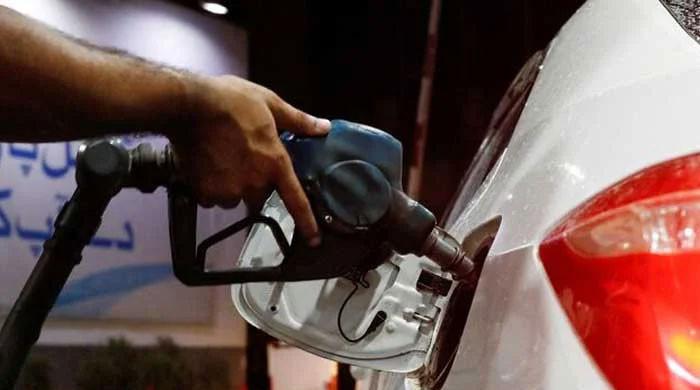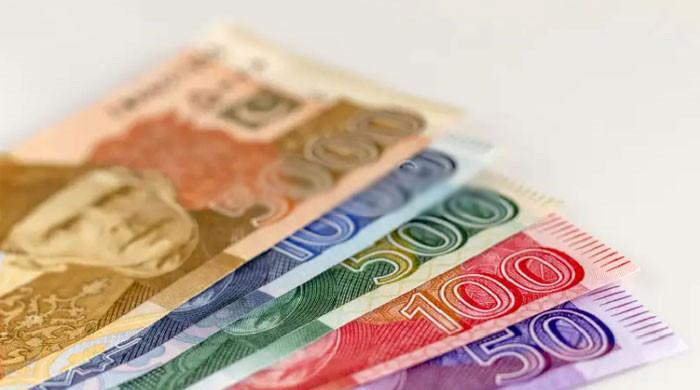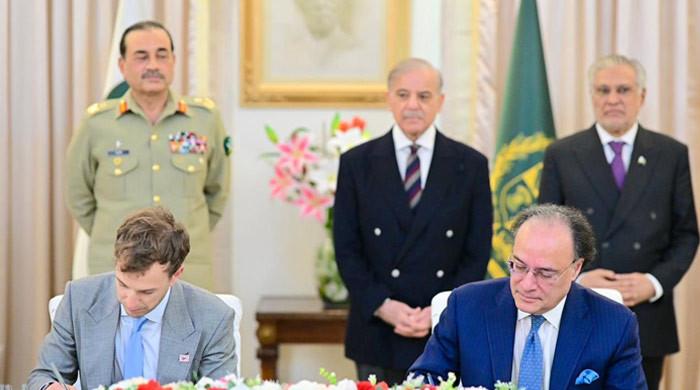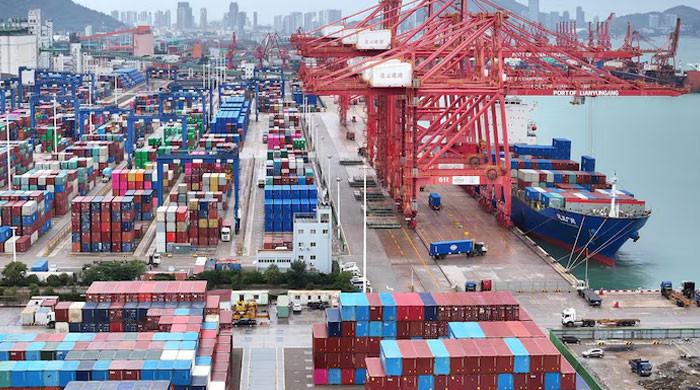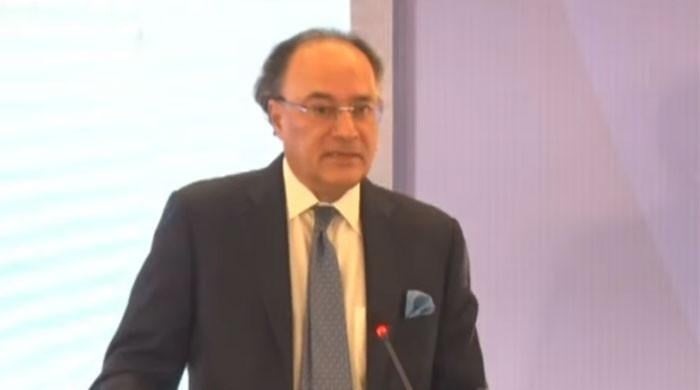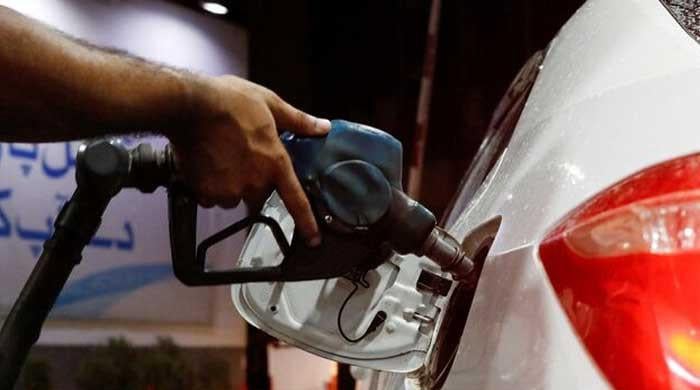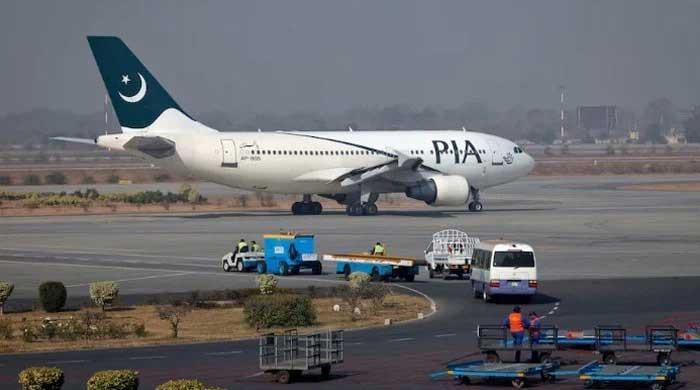Fiscal woes of federal government multiply on the back of inability to generate revenue
Debt servicing remains single largest expenditure item, revenue not increasing to meet desired expenses
May 07, 2020
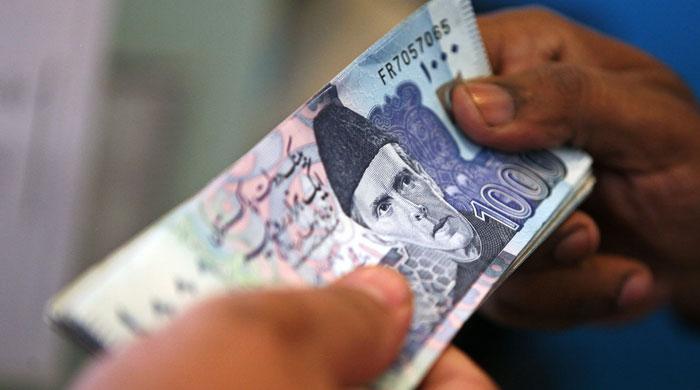
ISLAMABAD: Amid increasing discomfort of the powerful elites with the 18th Amendment and NFC award, the fiscal woes of the central government are multiplying because of its inability to generate the desired revenue and rationalize expenditures, The News reported on Thursday.
Simultaneously, the phenomena of ‘statistical discrepancy’ has again re-emerged on the fiscal front of the federal government, as it sharply rose to Rs781 billion in first nine months (July-March) of the current fiscal year 2019-20 against just Rs22 billion last year.
The amount of discrepancies had decreased in last couple of years but it re-emerged with the start of the current fiscal year and is mounting now. The increasing fiscal woes show that now the country’s total revenues are eaten up by debt servicing and defense after transferring resources to provinces under NFC Award.
Also read: India's services sector plunges after virus lockdown in big blow to GDP
Debt servicing largest expenditure item
For meeting all other heads of expenditures such as running of the government including salaries, pensions, development, and subsidies are managed through loans from domestic and external avenues, the report in The News claimed.
The latest data of fiscal operation for first nine months (July-March) for 2019-20 showed that the debt servicing continued to remain the single largest ticket item on expenditures side as it consumed Rs1879.71 billion out of total collected revenues of Rs4,689 billion.
Out of total revenues of Rs3,044 billion collected by the FBR, the provinces got share of Rs1931 billion through the federal divisible pool in the shape of NFC Award. The remaining federal revenues, including the FBR and non-tax revenues, could hardly meet the requirements of debt servicing and defense.
Also read: PSX witnesses bearish trading as market loses 264 points
Budget deficit a big economic problem
This indicates that the federal government has to obtain loans to fulfill the requirements of expenditures heads. The higher discount rates that remained into bracket of double digit have increased requirement of debt servicing manifold as the data also shows that it consumed major chunk of the resources of the federal government.
The budget deficit that is considered as mother of all economic ills stands at Rs1,686 billion equivalent to 3.8% of Gross Domestic Product (GDP) during the first nine months of the current fiscal year against 5% of GDP in the same period of the last financial year.
However, the primary balance that mainly concerns the IMF stands at just 0.45 of GDP. But the overall deficit that stood at 8.9% of GDP on eve of the last fiscal year 2018-19 is now projected to escalate to over 9.6% of GDP in the aftermath of COVID-19 pandemic till end June 2020.
Also read: Dubai developer Nakheel slashes salaries up to 50% due to coronavirus crisis
Total expenditures incurred escalate
The fiscal operation for July-March period for 2019-20 shows that the total fetched revenues stood at Rs4,689.87 billion out of which the federal tax revenues stood at Rs3,273 billion, provinces Rs321.219 billion and non-tax revenues of Rs1,019 billion.
Among non-tax revenues, the government earned more money through the petroleum levy fetching Rs198 billion in nine months of the current fiscal so far against Rs141 billion in the same period of the last financial year.
Total expenditures incurred in first nine months escalated to Rs6376 billion out of which current expenditures remained the largest head by consuming Rs5,611 billion. Out of total current expenditures, the mark-up of loans on both domestic and external fronts consumed Rs1879.712 billion, with defense consuming Rs802.4billion
Originally published in The News




